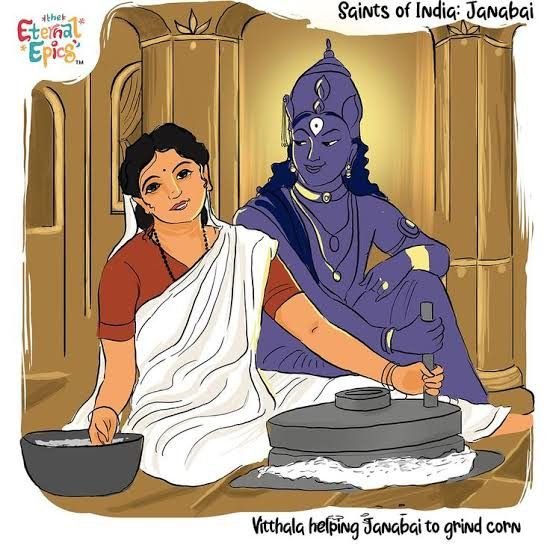MOHENJODARO: The earliest urban metropolis with a mysterious decline
The second oldest human civilization in the world, discovered at the turn of the early nineteenth century, marked one of the biggest findings of an exceptional human settlement ever recorded in world or Indian history. India’s most ancient and sophisticated civilised culture prevailed in the Indus Valley from 2600-1900 BC. However, some recent studies suggest […]Read More









